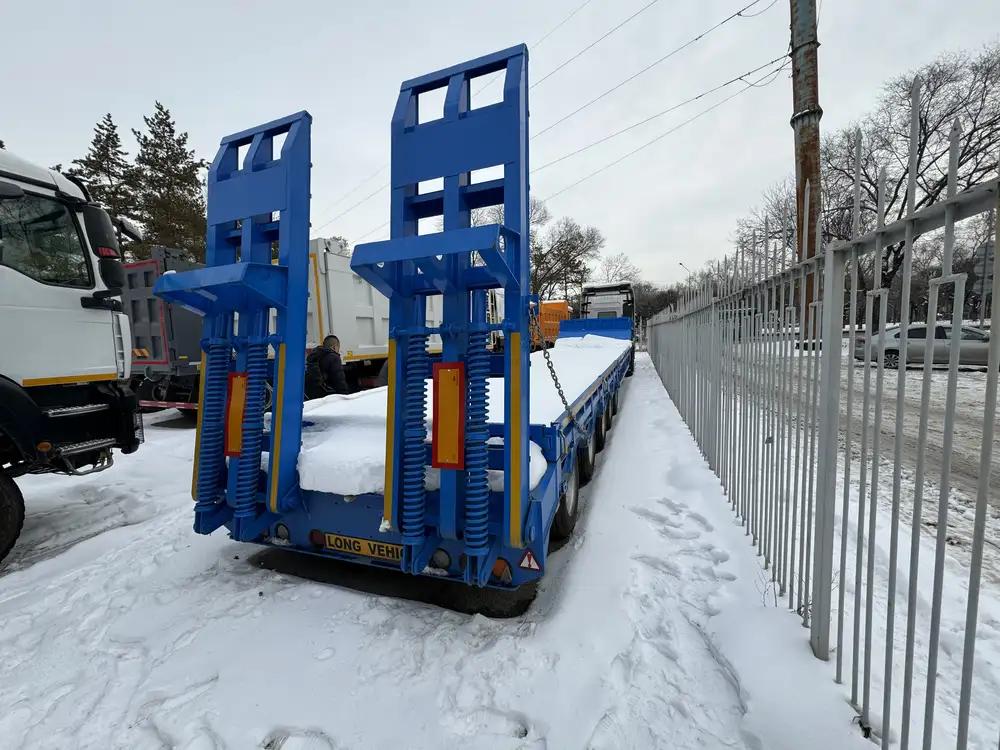When considering a dump trailer, especially a 7×14 model, understanding its weight capacity is crucial for both safety and efficiency in hauling. Let’s delve into the specific aspects of how much weight a 7×14 dump trailer can hold, the factors that influence this capacity, and how to choose the right dump trailer for your needs.
Understanding Dump Trailer Weight Capacities
The weight capacity of a dump trailer is generally described in terms of its Gross Vehicle Weight Rating (GVWR), which is the maximum loaded weight (the weight of the trailer plus its cargo) the trailer can safely carry. For a 7×14 dump trailer, this rating varies based on the manufacturer, specific design features, and materials used in construction. Here’s a breakdown of typical specifications:
| Specification | Typical Range |
|---|---|
| Weight Length | 7 feet wide x 14 feet long |
| Empty Weight | 2,500 to 3,200 lbs |
| Payload Capacity | 10,000 to 14,000 lbs |
| GVWR | 12,500 to 17,000 lbs |
Factors Influencing Dump Trailer Capacity
Frame Material and Construction: The type of material used in the construction of the trailer affects its durability and weight capacity. Steel frames generally offer higher weight limits compared to aluminum but may also result in a heavier empty weight, affecting the payload.
Axle Configuration: More axles distribute weight better and increase capacity. Many 7×14 dump trailers come with either a single or tandem axle configuration, with tandem being the preferred choice for increased stability and weight handling.
Suspension System: A robust suspension system will greatly influence the load distribution and stability of the dump trailer when loaded. Consider trailers with heavy-duty springs or air suspension options.
Ramps and Loading Method: The design of the dump trailer’s loading ramp can impact how easily you can load and how much weight you can effectively handle.

How to Determine Your Needs
When choosing a dump trailer, it’s essential to assess the weight of materials you intend to haul. Here’s a simple method to ensure your chosen model meets your requirements:
Identify Your Material Weight: Research the weight of common materials you intend to transport:
- Soil: Approximately 2,000 lbs per cubic yard
- Sand: Roughly 2,700 lbs per cubic yard
- Gravel: Approximately 2,000 to 3,000 lbs per cubic yard
Calculate Your Load Volume: Determine how many cubic yards you’ll be hauling. For instance, if you need to transport 5 cubic yards of gravel, this would equate to a weight of approximately 10,000 to 15,000 lbs depending on the type of gravel.
Match with Trailer Capacity: Ensure the weight of the load is within the trailer’s payload capacity. If hauling 5 cubic yards of gravel, a 7×14 dump trailer that supports up to 14,000 lbs would be suitable.
Common Uses for 7×14 Dump Trailers
- Construction Sites: Ideal for transporting materials like gravel, sand, and soil.
- Landscape Projects: Efficient for hauling landscape supplies like bark mulch, decorative rocks, and soil.
- Debris Removal: Perfect for clean-up projects, allowing for easy disposal of unwanted materials.
- Agricultural Use: Great for transporting feed, fertilizers, and other farm-related materials.
Safety and Legal Considerations
Understanding trailer weight limits extends beyond efficiency—it’s also a matter of safety and legal compliance. Exceeding stated weight limits can lead to:
- Legal Penalties: Overweight trailers can incur fines and penalties when on public roads.
- Increased Wear and Tear: Overloading a trailer can lead to premature wear on tires, brakes, and the trailer structure itself.
- Insurance Issues: In the event of an accident, insurance companies may dispute claims if the trailer was overloaded.

Best Practices for Loading Dump Trailers
Following proper loading practices ensures safety and efficiency. Here are some guidelines:
- Distribute Weight Evenly: Center the load as much as possible to balance the weight distribution.
- Load within Capacity: Always verify that your load does not exceed the trailer’s rated payload capacity.
- Secure Cargo Effectively: Use tarps and tie-downs to prevent shifting during transportation to enhance safety.
Maintenance Tips for a 7×14 Dump Trailer
To extend the lifespan and efficiency of your dump trailer, regular maintenance is essential. Consider the following tips:
1. Routine Inspections
- Check for any signs of corrosion and paint deterioration, especially in steel frames.
- Inspect the suspension and axles for wear and tear.

2. Tire Care
- Monitor tire pressure regularly, maintaining it at manufacturer-recommended levels.
- Rotate tires as needed to ensure even wear.
3. Hydraulic System Maintenance
For trailers equipped with a hydraulic lift system:
- Check for leaks in hoses and fittings regularly.
- Ensure that the hydraulic fluid is clean and filled to the appropriate level.
Conclusion
In essence, a 7×14 dump trailer provides substantial versatility for various applications, allowing for the efficient transport of a wide range of materials. By understanding its weight capacity, considering the factors that influence this capacity, and adhering to best practices for loading and maintenance, users can maximize their investments and ensure safe operations.
By continually evaluating your specific hauling needs and matching them with the appropriate trailer specifications, you can effectively utilize a 7×14 dump trailer to achieve your project goals. Whether it’s for personal, construction, landscaping, or agricultural use, making an informed choice about the right dump trailer can ultimately enhance productivity while ensuring compliance with safety standards.



